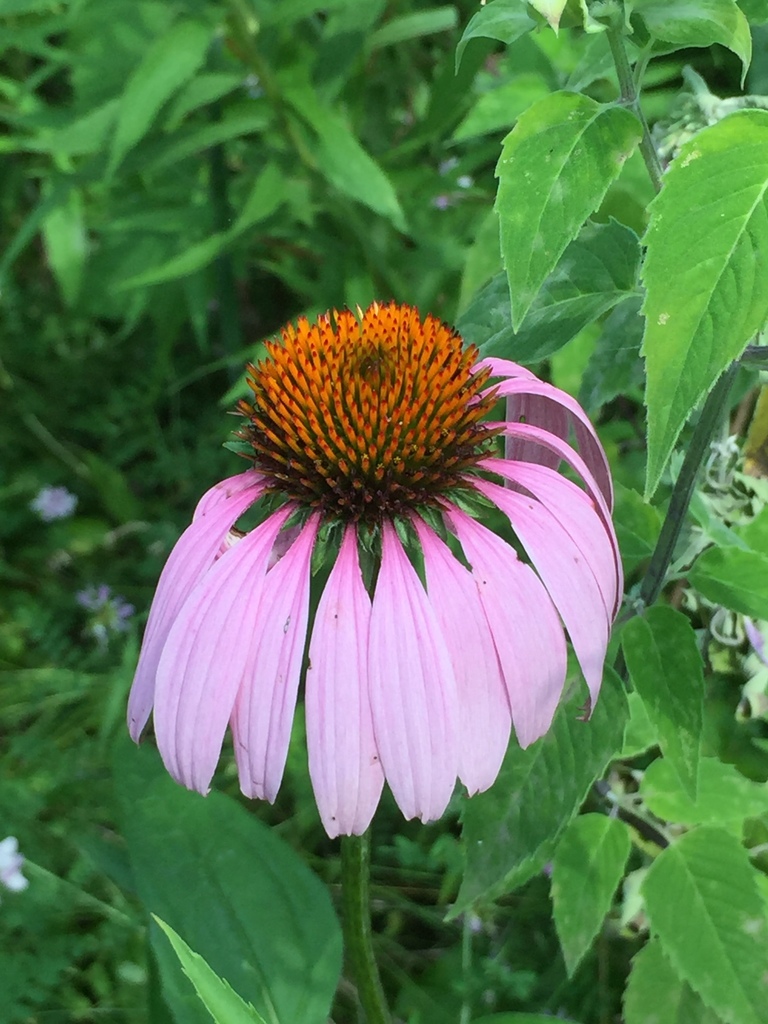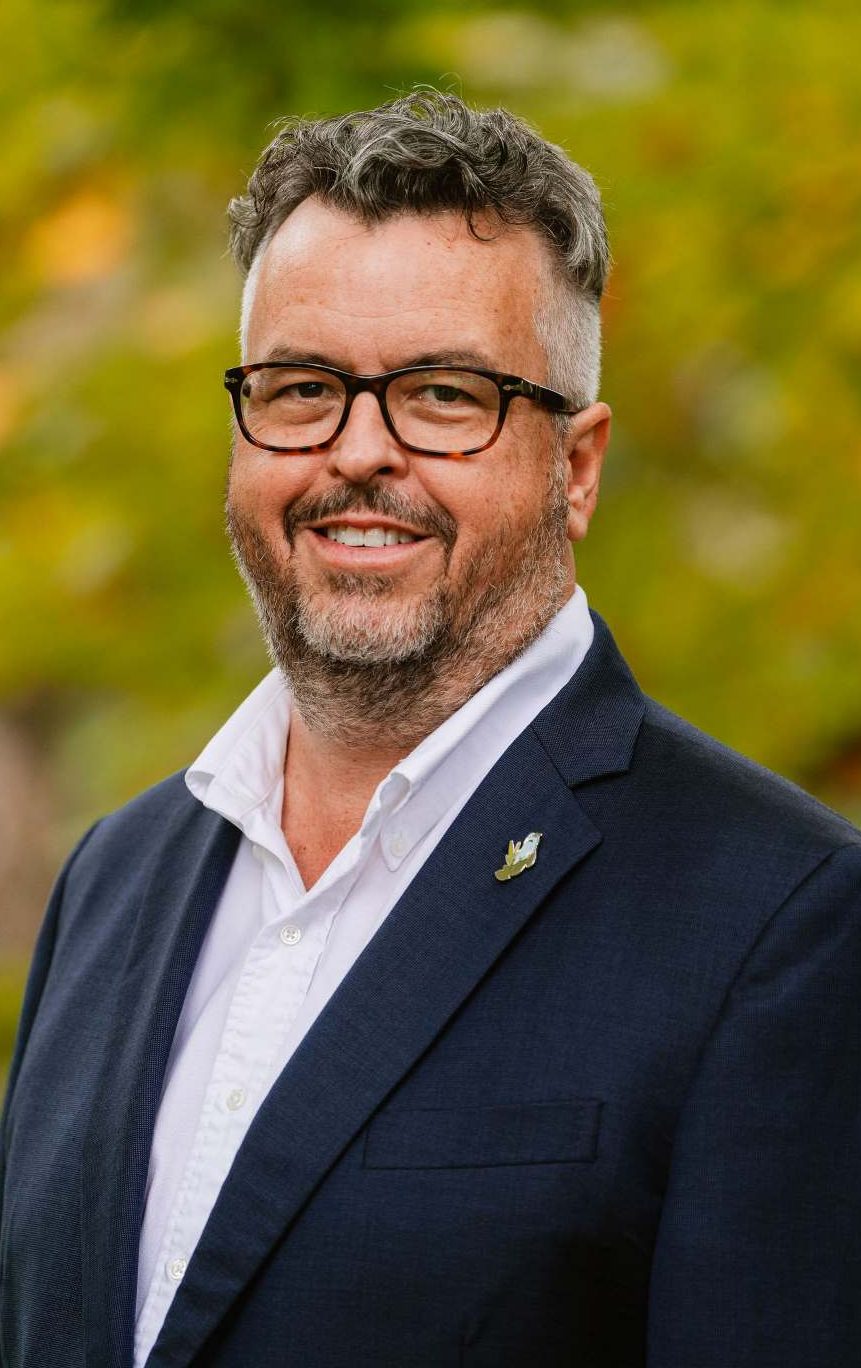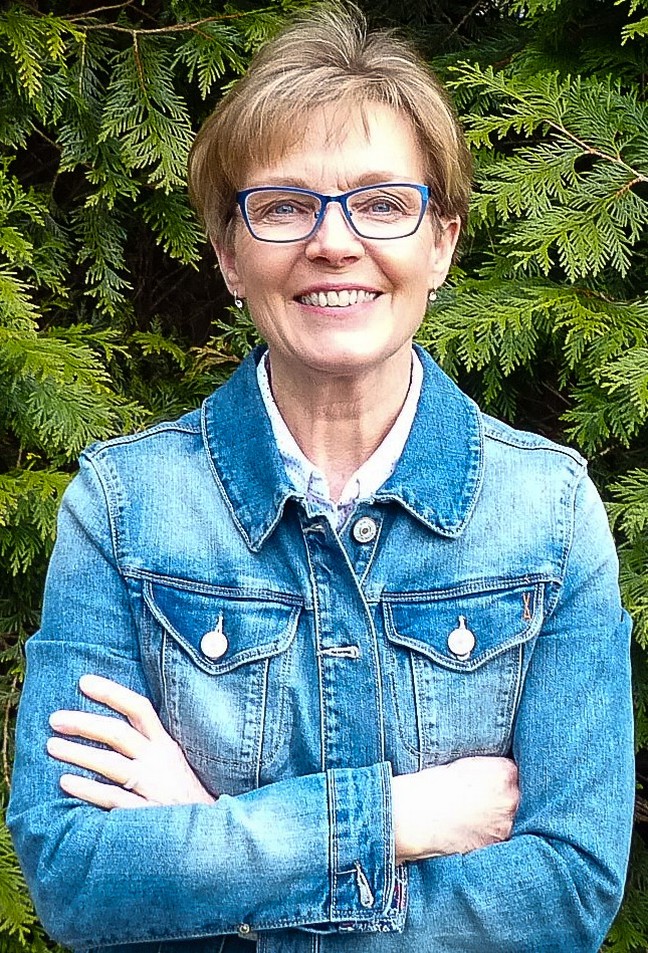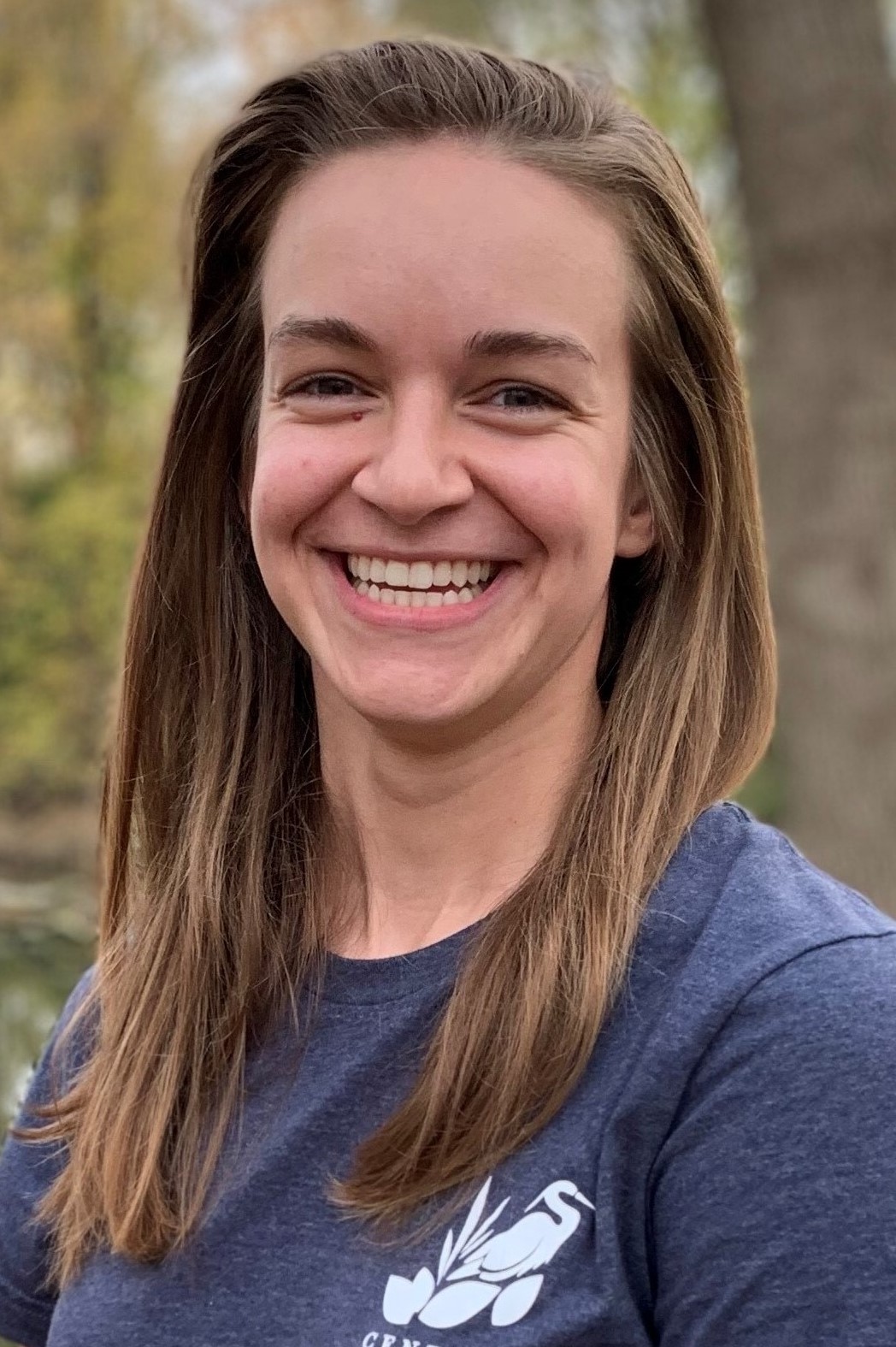Our spring newsmagazine featured Cliff’s top ten hidden gems of birding. Here is the final post in a blog series on these birds, by guest blogger Ed Pope.
Despite its name, the worm-eating warbler prefer insects, spiders, other arthropods and especially caterpillars over earthworms. It is a small songbird, approximately the size of a goldfinch. The upper plumage is brown, while the underside is lighter. It has black stripes on its head, including two that appear to go through its eyes.

Ed Pope
Guest Blogger




